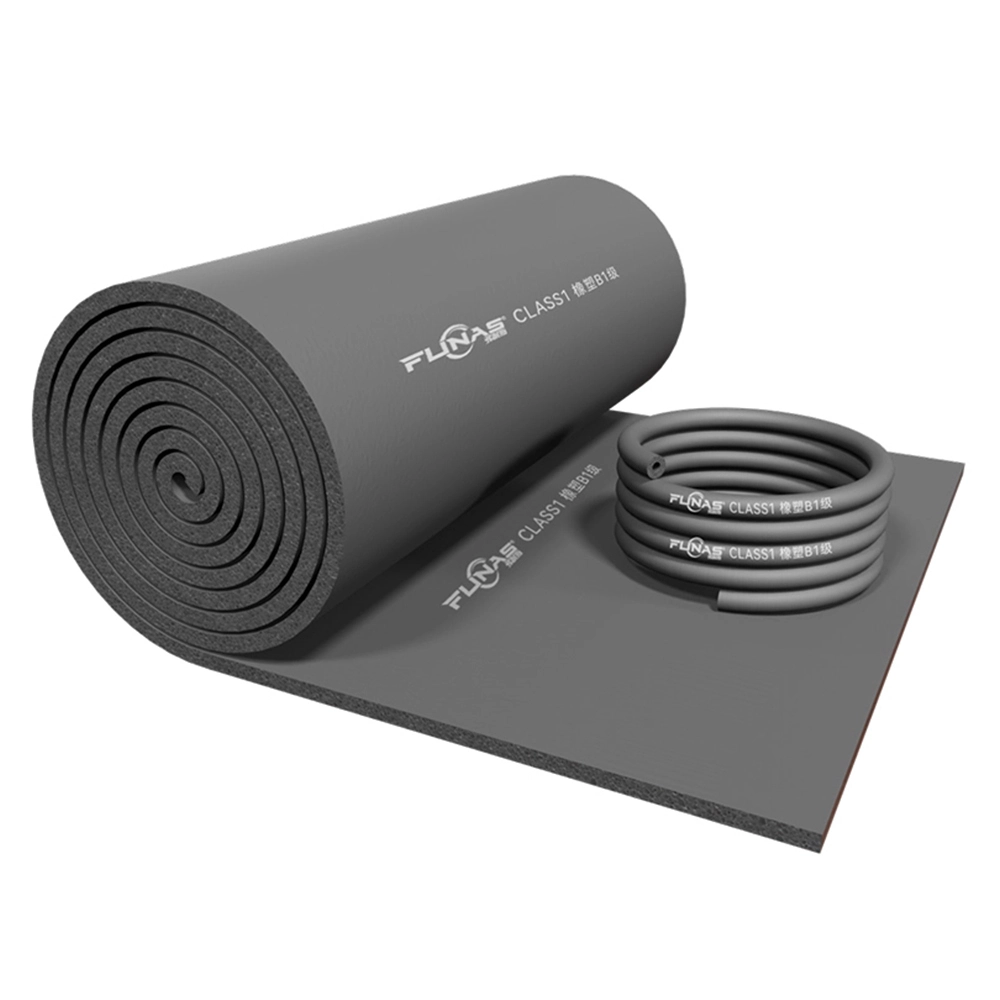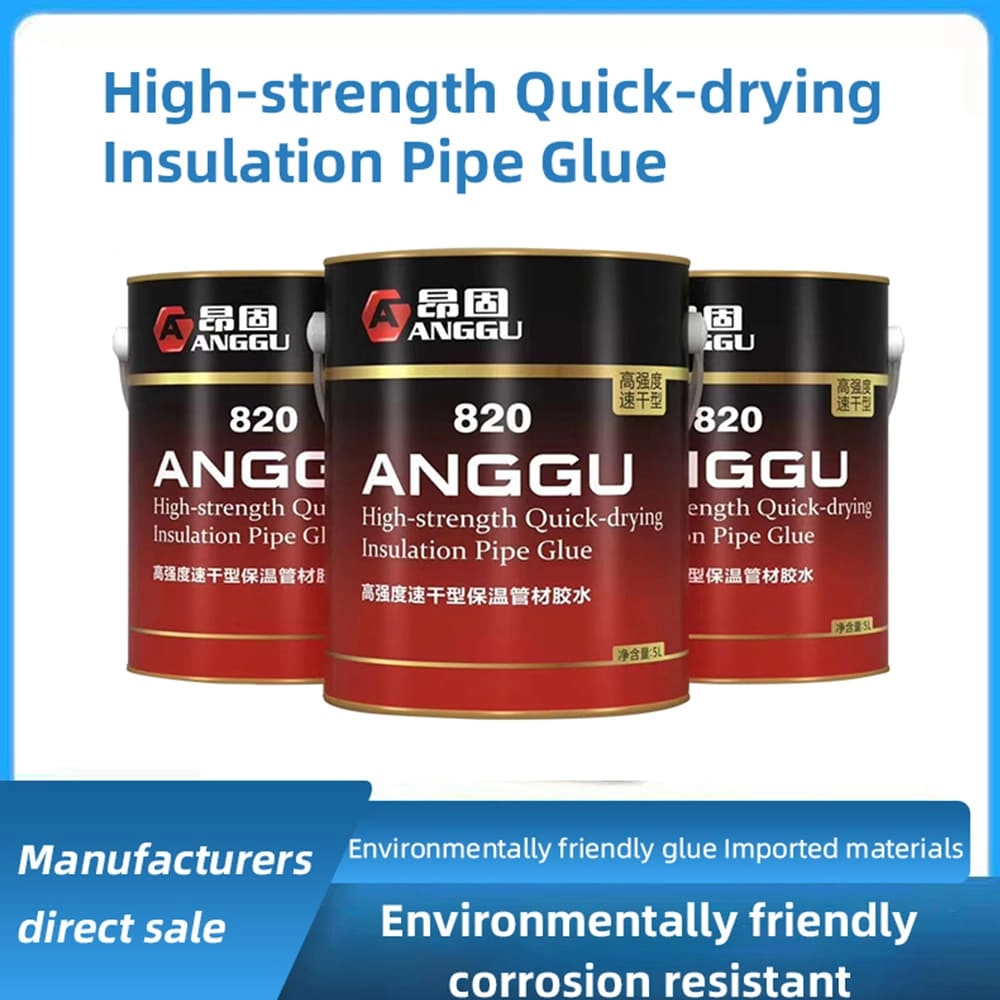What is thermal insulation material and how does it work? | Insights by FUNAS
Explore the fundamentals of thermal insulation materials, their types, applications, and key considerations for procurement in this detailed guide tailored for industry professionals.
- What Are Thermal Insulation Materials and How Do They Work?
- 1. What Are the Different Types of Thermal Insulation Materials?
- 2. How Do I Choose the Right Thermal Insulation Material for My Project?
- 3. What Are the Applications of Thermal Insulation Materials?
- 4. What Are the Benefits of Using Thermal Insulation Materials?
- 5. What Are the Challenges in Procuring Thermal Insulation Materials?
- 6. How Is the Thermal Insulation Material Market Evolving?
- 7. What Are the Environmental Considerations in Using Thermal Insulation Materials?
- 8. How Do I Ensure Proper Installation of Thermal Insulation Materials?
- Conclusion: Why Choose FUNAS for Your Thermal Insulation Needs?
What Are Thermal Insulation Materials and How Do They Work?
Thermal insulation materials are substances designed to reduce the transfer of heat between objects or environments at different temperatures. By minimizing heat flow, these materials help maintain desired temperatures, enhance energy efficiency, and improve comfort in various applications.
How Thermal Insulation Works:
Thermal insulation operates by impeding the mechanisms of heat transfer: conduction, convection, and radiation. Materials with low thermal conductivity are particularly effective, as they resist heat flow. For instance, gases like air have poor thermal conduction properties and can serve as effective insulators when trapped in small cells, as seen in materials like fiberglass and foam.
1. What Are the Different Types of Thermal Insulation Materials?
Thermal insulation materials can be broadly categorized based on their composition and form:
Fiberglass: Made from fine glass fibers, fiberglass is commonly used in batts, rolls, and loose-fill forms. It offers good thermal resistance and is widely used in residential and commercial buildings.
Mineral Wool: Including rock wool and slag wool, mineral wool is known for its fire resistance and soundproofing qualities. It's used in both thermal and acoustic insulation applications.
Foam Insulations: Materials like expanded polystyrene (EPS), extruded polystyrene (XPS), and polyurethane foam provide high thermal resistance and are used in walls, roofs, and foundations.
Natural Fiber Insulations: Materials such as cork, cellulose, and hemp are renewable and biodegradable, offering sustainable insulation options.
2. How Do I Choose the Right Thermal Insulation Material for My Project?
Selecting the appropriate insulation material involves considering several factors:
Thermal Conductivity (k-value): A lower k-value indicates better insulating properties.
Density: Higher density materials may offer better soundproofing and fire resistance.
Moisture Resistance: Materials with low water absorption are crucial in damp environments.
Environmental Impact: Opt for materials with low embodied energy and those that are recyclable or biodegradable.
Cost and Availability: Balance performance requirements with budget constraints and material availability.
3. What Are the Applications of Thermal Insulation Materials?
Thermal insulation materials are utilized in various sectors:
Building and Construction: Insulating walls, roofs, floors, and foundations to enhance energy efficiency and occupant comfort.
Industrial Applications: Insulating pipes, boilers, and furnaces to maintain process temperatures and improve energy efficiency.
Automotive Industry: Reducing heat transfer in vehicles to improve fuel efficiency and passenger comfort.
HVAC Systems: Insulating ducts and equipment to minimize energy loss and maintain desired temperatures.
4. What Are the Benefits of Using Thermal Insulation Materials?
Implementing thermal insulation offers several advantages:
Energy Efficiency: Reduces heat loss or gain, leading to lower energy consumption and cost savings.
Comfort: Maintains consistent indoor temperatures, enhancing occupant comfort.
Soundproofing: Many insulation materials also reduce noise transmission.
Fire Resistance: Certain materials provide fire-resistant properties, enhancing safety.
Environmental Impact: Improves building energy performance, contributing to sustainability goals.
5. What Are the Challenges in Procuring Thermal Insulation Materials?
Procurement challenges include:
Material Selection: Choosing the right material that balances performance, cost, and environmental impact.
Supply Chain Issues: Ensuring timely delivery and managing potential shortages.
Regulatory Compliance: Adhering to building codes and standards related to insulation materials.
Installation Considerations: Ensuring proper installation to achieve desired performance.
6. How Is the Thermal Insulation Material Market Evolving?
The global thermal insulation material market is experiencing significant growth. In 2023, the market was valued at approximately USD 70.67 million and is projected to reach USD 111.91 million by 2032, growing at a compound annual growth rate (CAGR) of 5.24% during the forecast period. This growth is driven by increasing demand for energy-efficient solutions across various industries, particularly in construction and automotive sectors.
7. What Are the Environmental Considerations in Using Thermal Insulation Materials?
Environmental considerations include:
Sustainability: Opting for renewable and biodegradable materials.
Embodied Energy: Considering the energy used in manufacturing and transporting the material.
Recyclability: Choosing materials that can be recycled at the end of their life cycle.
Indoor Air Quality: Ensuring materials do not emit harmful substances into indoor environments.
8. How Do I Ensure Proper Installation of Thermal Insulation Materials?
Proper installation is crucial for optimal performance:
Professional Installation: Hiring experienced contractors familiar with insulation materials and techniques.
Quality Control: Inspecting materials for defects before installation.
Sealing Gaps: Ensuring all gaps and joints are properly sealed to prevent thermal bridging.
Compliance: Adhering to manufacturer guidelines and local building codes.
Conclusion: Why Choose FUNAS for Your Thermal Insulation Needs?
When selecting thermal insulation materials, consider factors such as thermal conductivity, density, moisture resistance, environmental impact, and cost. FUNAS offers a range of high-quality insulation products tailored to meet diverse industry requirements, ensuring optimal performance and sustainability.

The Ultimate Guide to Glass Wool Insulation 2026

Top 10 Foam Rubber Sheet Manufacturers for Insulation & More

Top 14 Rock Wool Panel Brands: Expert Guide for 2026

Top 10 Insulation Adhesives for Heat & Soundproofing 2026
service
How does your technical support work?
Our technical support team is available to guide you through every stage of your project—from product selection and design to installation. We provide expert consultation to ensure that you get the best insulation solution for your needs and can assist with troubleshooting if needed.
Can I request custom dimensions or properties for my insulation needs?
Yes, we specialize in custom solutions. Whether you need specific dimensions, thicknesses, densities, or additional coatings, we can work with you to manufacture insulation products tailored to your exact requirements of good materials for heat insulation.
Are your rubber foam products environmentally friendly?
Yes, our insulation products are designed with sustainability in mind. They help reduce energy consumption by minimizing heat loss and gain, and they are made from durable materials that have a long life cycle, reducing the need for frequent replacement.
FAQ
What is the typical delivery time for custom orders?
Our daily production capacity is 800 cubic meters. Delivery time varies depending on the complexity of the insulation material wholesale order, but we can deliver large quantities of customized products within 4-6 weeks after the approval date, and small quantities can be delivered within 15 days.
You might also like

Blue Rubber-plastic Tube Rubber foam pipe wholesale

Wholesale Perfect Fire Resistant Performance High Strength Acoustic Mineral Wool Insulation Rock Wool Roll Panel Plain Slab
Rock wool, that is, a kind of exterior insulation material. When the market share of 90% of the organic thermal insulation materials in the stagnant wait-and-see, as a fire rating of A- class exterior insulation inorganic material rock wool has ushered in an unprecedented market opportunity.

Environmentally friendly self spraying adhesive
This product has passed the national GB33372-2020 standard and GB18583-2008 standard. This product is a yellow liquid.
Anggu spray glue is a product with high cost performance and a wide application range. It is mainly used for home construction, engineering construction, and various construction defect repair places. This product is low odor, no formaldehyde, spray-convenient glue, table drying speed, long bonding time, no chalking.

Thermal insulation material fireproof adhesive
Leave a message
Have any questions or concerns about our products? Please leave us a message here and our team will get back to you promptly.
Your queries, ideas, and collaboration opportunities are just a click away. Let’s start a conversation.


















































